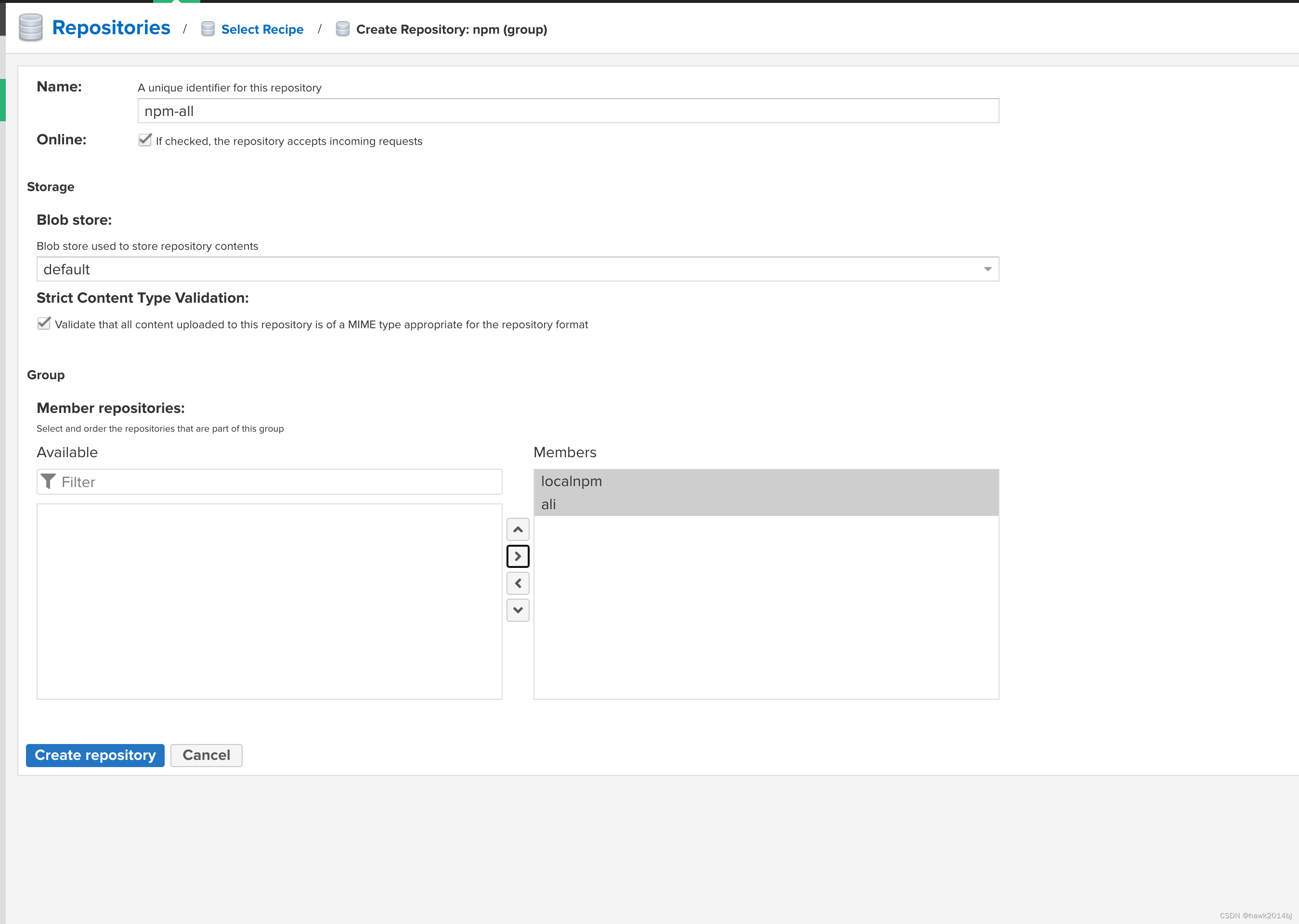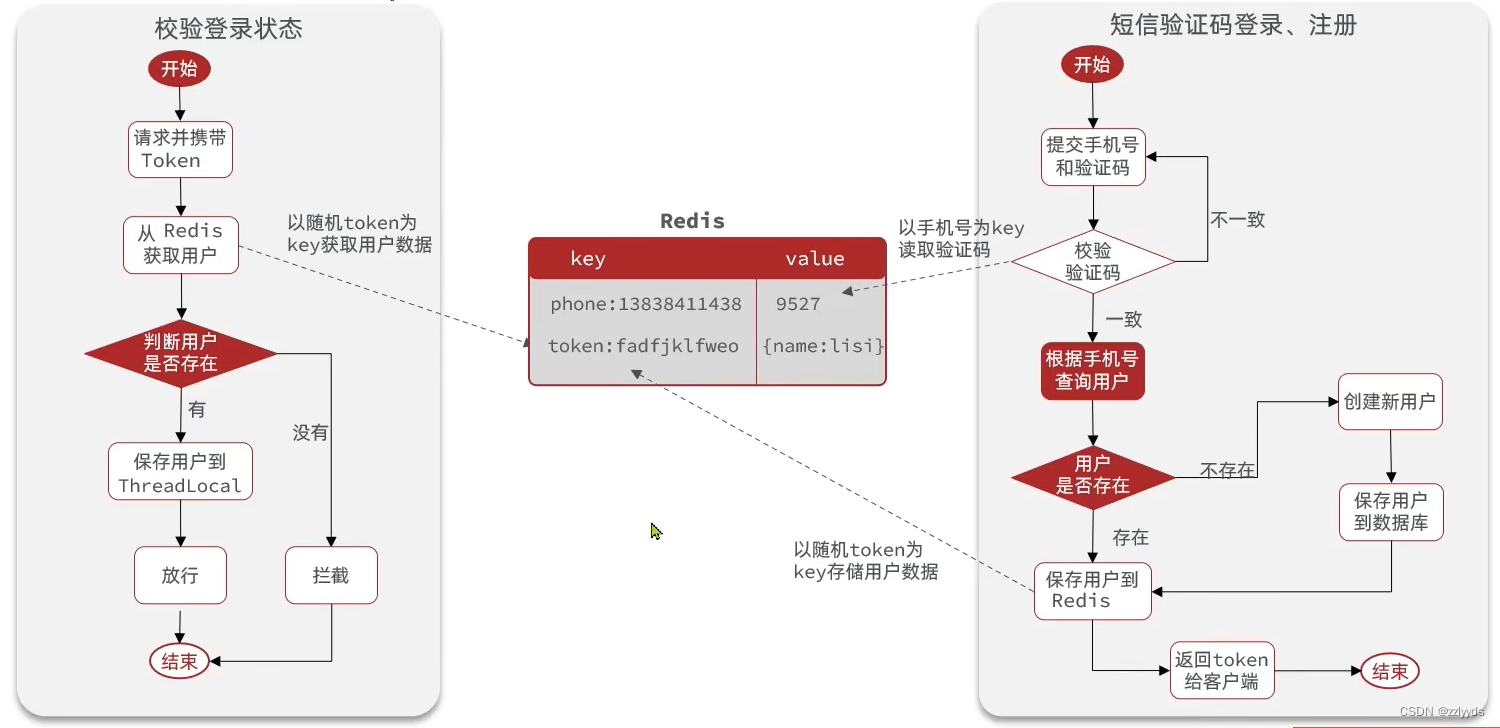前言
本文主要讲述Java集合常见的遍历方式。
通用遍历方式 | Collection集合
迭代器Iterator遍历
java">Collection<Student> c = new ArrayList<>();c.add(new Student("张三", 23));
c.add(new Student("李四", 24));
c.add(new Student("王五", 25));// 1. 获取迭代器
Iterator<Student> it = c.iterator();// 2. 循环判断, 集合中是否还有元素
while (it.hasNext()) {// 3. 调用next方法, 将元素取出Student stu = it.next();System.out.println(stu.getName() + "---" + stu.getAge());
}
增强for循环:本质还是迭代器
java">Collection<Student> c = new ArrayList<>();c.add(new Student("张三", 23));
c.add(new Student("李四", 24));
c.add(new Student("王五", 25));// 使用增强for循环遍历集合:内部还是迭代器,通过.class文件可以看出来
for (Student stu : c) {System.out.println(stu);
}
forEach方法:本质是匿名内部类
java">Collection<Student> c = new ArrayList<>();c.add(new Student("张三", 23));
c.add(new Student("李四", 24));
c.add(new Student("王五", 25));// foreach方法遍历集合:匿名内部类
c.forEach(stu -> System.out.println(stu));
额外的遍历方式 | List集合
普通for循环
java">List<String> list = new ArrayList<>();
list.add("abc");
list.add("bbb");
list.add("ccc");
list.add("abc");// 普通for循环
for (int i = 0; i < list.size(); i++) {String s = list.get(i);System.out.println(s);
}
ListIterator【List集合特有】
java">List<String> list = new ArrayList<>();
list.add("abc");
list.add("bbb");
list.add("ccc");
list.add("abc");ListIterator<String> it = list.listIterator();while (it.hasNext()) {String s = it.next();System.out.println(s);
}
【补充】ListIterator和Iterator的区别
两者的区别主要体现在遍历过程中添加、删除元素上。具体见下表:(表中的方法均在遍历过程中使用)
| add() | remove() | |
|---|---|---|
| 不管在任何迭代过程中,调用集合本身的方法 | 引发异常 | 引发异常 |
在Iterator迭代过程中,调用Iterator迭代器的方法 | 不支持 | 支持 |
在ListIterator迭代过程中,调用ListIterator迭代器的方法 | 支持 | 支持 |
针对ListIterator迭代器:
- 删除操作:删除当前迭代到的数据
- 添加操作:添加数据到当前迭代到的数据后面
- 在一个迭代内,不允许既增加,又删除
java">package com.itheima.collection.list;import java.util.ArrayList;
import java.util.Iterator;
import java.util.List;
import java.util.ListIterator;public class ListDemo3 {public static void main(String[] args) {List<String> list = new ArrayList<>();list.add("眼瞅着你不是真正的高兴");list.add("温油");list.add("离开俺们这旮表面");list.add("伤心的人别扭秧歌");list.add("私奔到东北");ListIterator<String> it = list.listIterator();while (it.hasNext()) {String s = it.next();if ("温油".equals(s)) {it.add("哈哈"); // 迭代器的添加操作:没问题it.remove(); // 迭代器的删除操作:没问题(但是和上边的添加操作放在一个迭代内,就报错了)list.add("哈哈"); // 集合本身的添加操作:报错list.remove("温油"); // 集合本身的删除操作:报错}}System.out.println(list);}
}
额外的遍历方式 | Map集合
增强For循环(迭代器)
增强for循环,本质是迭代器的方式遍历
map.keySet() + map.get(key):获取map集合的所有键,并用增强for遍历所有键,然后用get方法获取每一个键对应的值map.values():获取map集合的所有值,进行遍历map.entrySet() + entry.getKey() + entry.getValue():获取map集合的Entry对象,每个对象里面包含键和值
通过forEach方法遍历
map.forEach:直接获取每一个集合对象的键和值,进行遍历操作
示例
java">import java.util.HashMap;
import java.util.Iterator;
import java.util.Map;public class MapTest {public static void main(String[] args) {HashMap<Integer, String> testMap = new HashMap<>();testMap.put(1, "One");testMap.put(2, "Two");testMap.put(3, "Three");testMap.put(4, "Four");testMap.put(5, "Five");// 增强for:第一种for (Integer key : testMap.keySet()) {System.out.print(key + "-" + testMap.get(key) + "\t");}System.out.println("\nforeach keySet");// 增强for:第二种for (String value : testMap.values()) {System.out.print(value + "\t");}System.out.println("\nforeach values");// 增强for:第三种for (Map.Entry<Integer, String> entry : testMap.entrySet()) {System.out.print(entry.getKey() + "-" + entry.getValue() + "\t");}System.out.println("\nforeach entrySet");// 增强for:第三种(迭代器形式,上述第三种本质也是迭代器方式,但是书写更简单)Iterator<Map.Entry<Integer, String>> it = testMap.entrySet().iterator();while (it.hasNext()) {Map.Entry<Integer, String> entry = it.next();System.out.print(entry.getKey() + "-" + entry.getValue() + "\t");}System.out.println("\nentrySet iterator");// foreach:Map的forEach方法,Java8独有testMap.forEach((key, value) -> {System.out.print(key + "-" + value + "\t");});System.out.println("\nMap.forEach()");}
}
运行结果:
1-One 2-Two 3-Three 4-Four 5-Five
foreach keySet
One Two Three Four Five
foreach values
1-One 2-Two 3-Three 4-Four 5-Five
foreach entrySet
1-One 2-Two 3-Three 4-Four 5-Five
entrySet iterator
1-One 2-Two 3-Three 4-Four 5-Five
Map.forEach()






